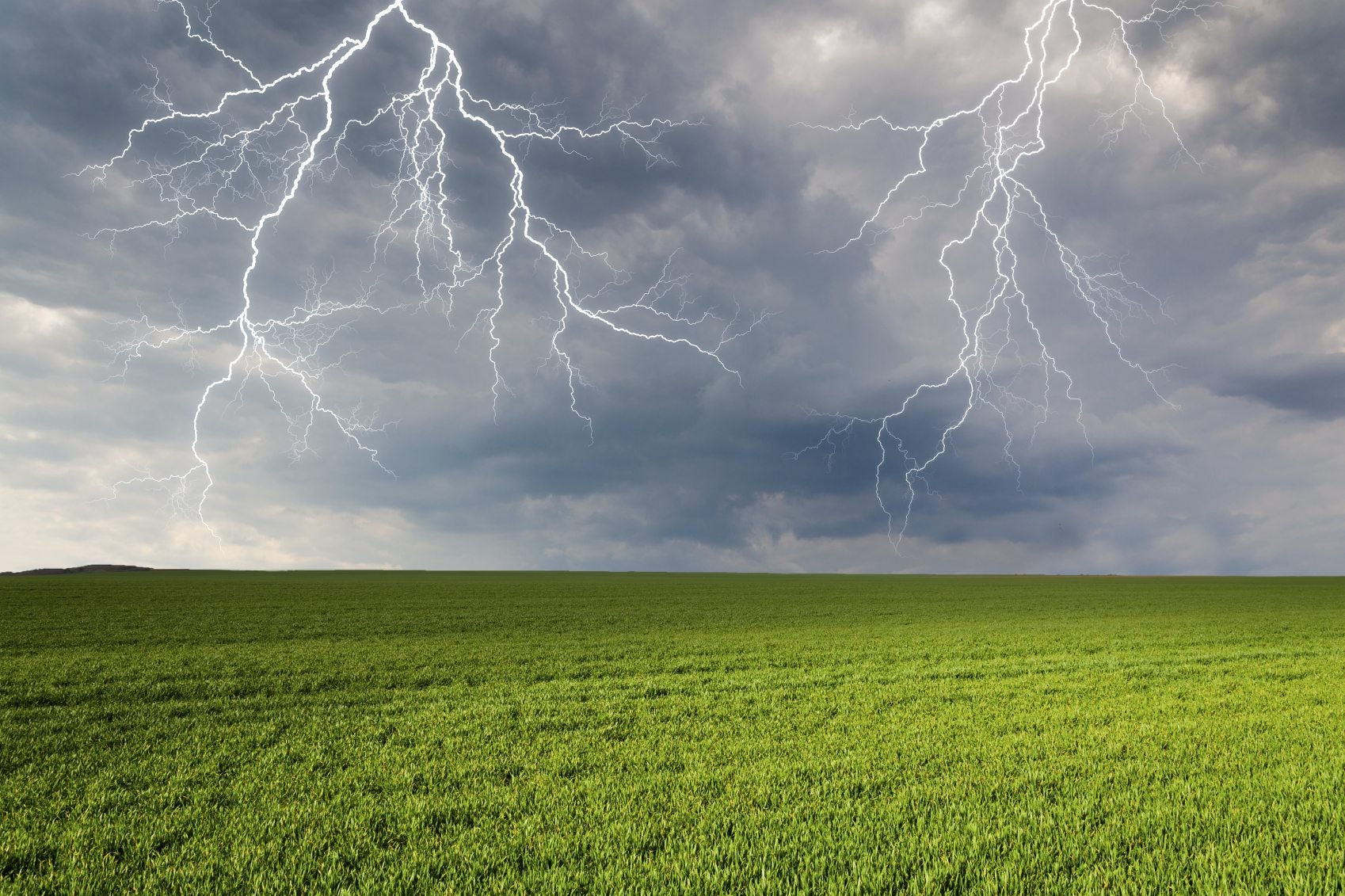Gardens And Lightning: Learn About Lightning Safety Out In Gardens


Spring and summertime is gardening time, and the hot days of summer herald storm season in most climates across the country. It’s important to know about keeping safe in the garden during a lightning storm; as dangerous weather can pop up with very little warning and gardens and lightning can be a very bad combination. Read on to learn more about lightning safety out in gardens.
Gardens and Lightning
Although lightning storms are fascinating to watch, they’re extremely dangerous. Studies indicate that 240,000 people around the world are injured by lightning every year and 24,000 people are killed. The National Oceanic and Atmospheric Administration (NOAA) reports that the United States averages 51 deaths due to lightning strikes every year. Keeping safe in the garden, or in any outdoor environment, should always be taken seriously.
Lightning Safety Tips
Here are some tips for keeping safe in the garden, especially when storms are imminent.
- Monitor the weather. Watch for sudden wind, darkening skies, or buildup of dark clouds.
- Seek shelter as soon as you hear thunder rumble and remain until 30 minutes after the last clap of thunder.
- Keep in mind; if you are close enough to hear thunder, you are at risk for lightning strikes. Don’t wait to seek shelter. Even if you don’t see clouds, lightening can sometimes come “from out of the blue.”
- If you feel like your hair is standing on end, seek shelter immediately.
- If you’re away from your house, look for a completely enclosed building or an all-metal vehicle with a metal top. A gazebo or carport doesn’t provide adequate protection.
- Avoid open areas and objects that can conduct electricity like single trees, windmills, barbed wire, metal fences, bicycles, flag poles, or clotheslines. Even small metal objects, like garden tools, can conduct electricity and cause serious burns in a lightning storm.
- Stay away from concrete walls or floors and never lean on a concrete structure during a lightning storm. Lightning can easily travel through the metal bars in concrete.
- Move away from water including swimming pools, hot tubs, garden ponds, or streams. Avoid elevated areas; look for a low area such as a ravine, ditch, or trench.
- If you can’t get to a safe structure, squat down like a baseball catcher, with your hands on your knees and your head bent down. Never lie flat on the ground.
Sign up for the Gardening Know How newsletter today and receive a free copy of our e-book "How to Grow Delicious Tomatoes".

A Credentialed Garden Writer, Mary H. Dyer was with Gardening Know How in the very beginning, publishing articles as early as 2007.